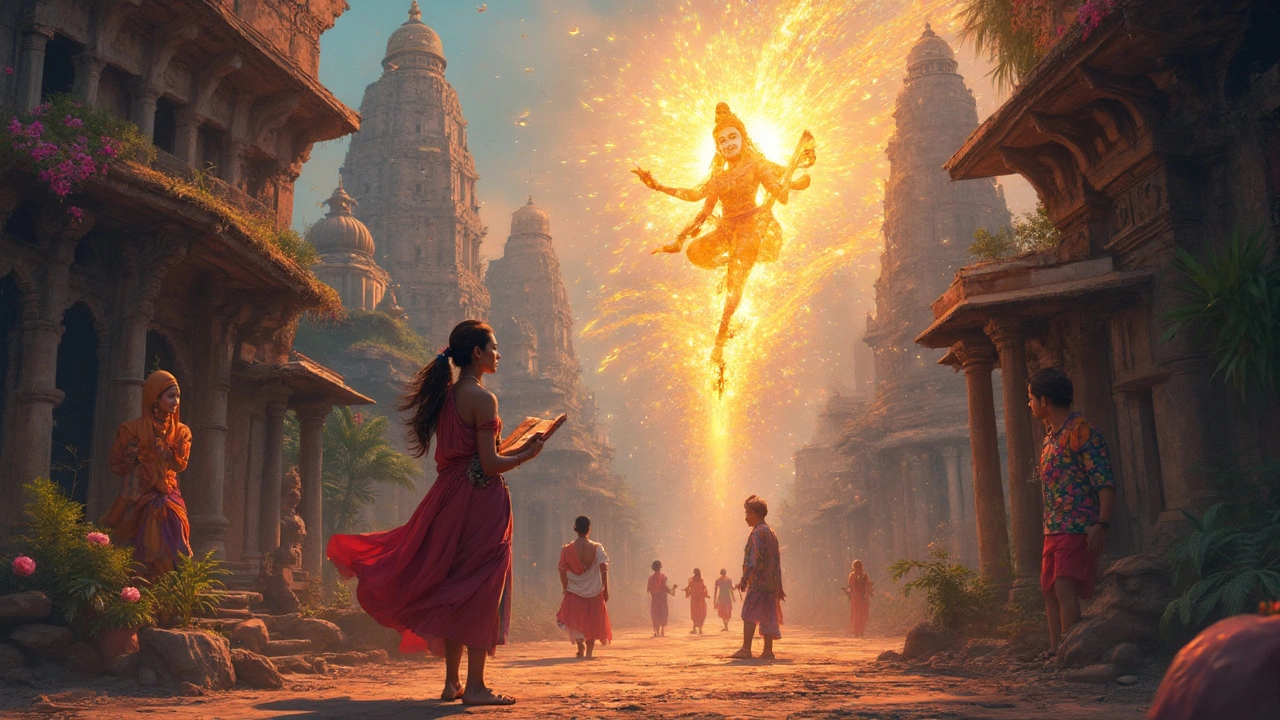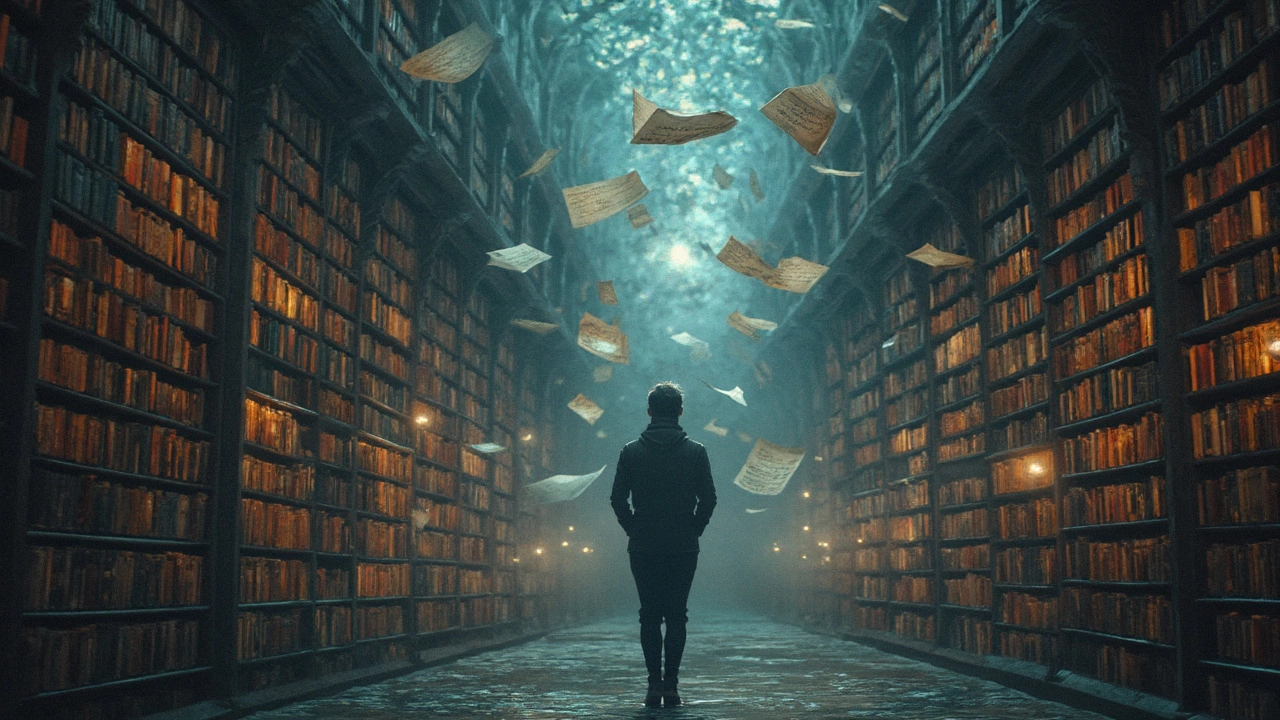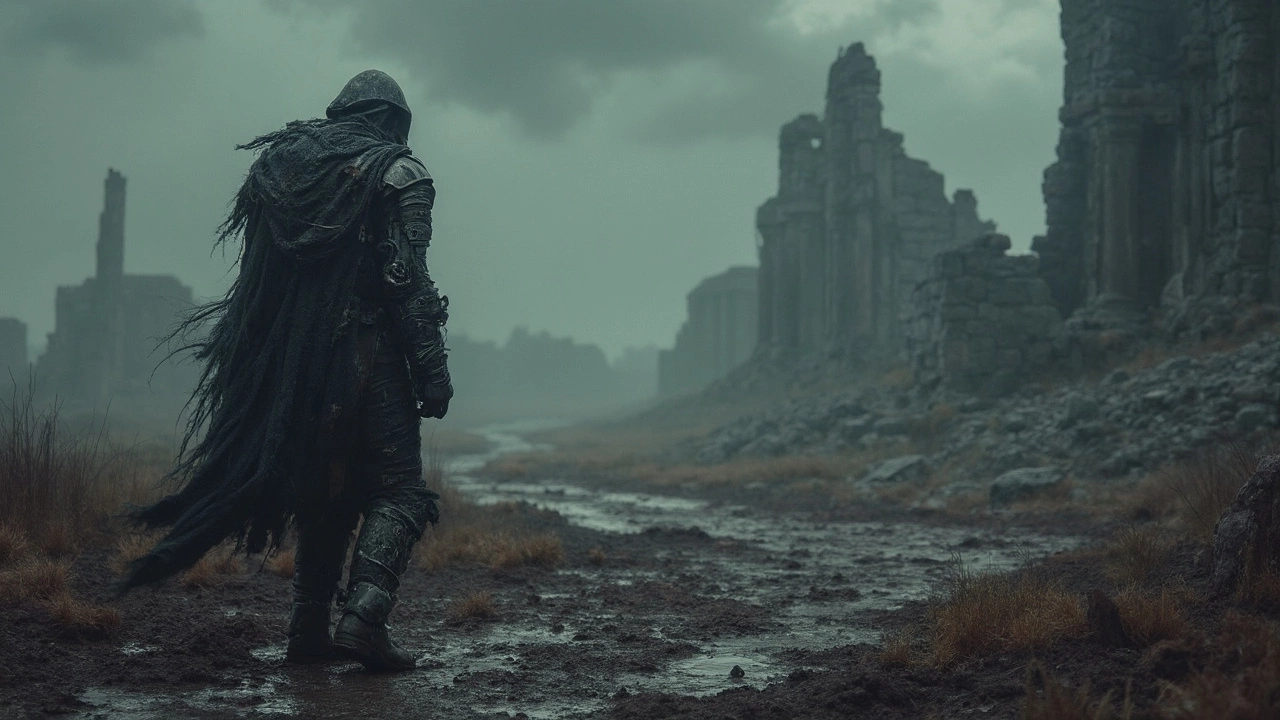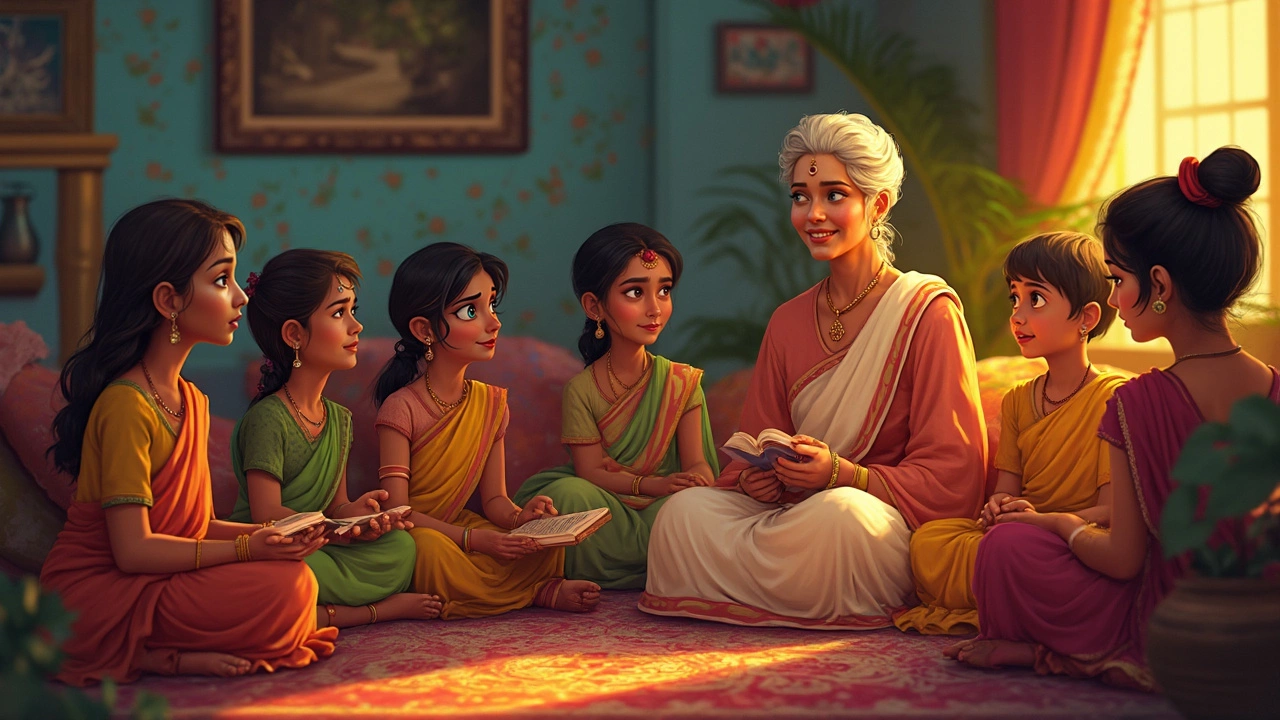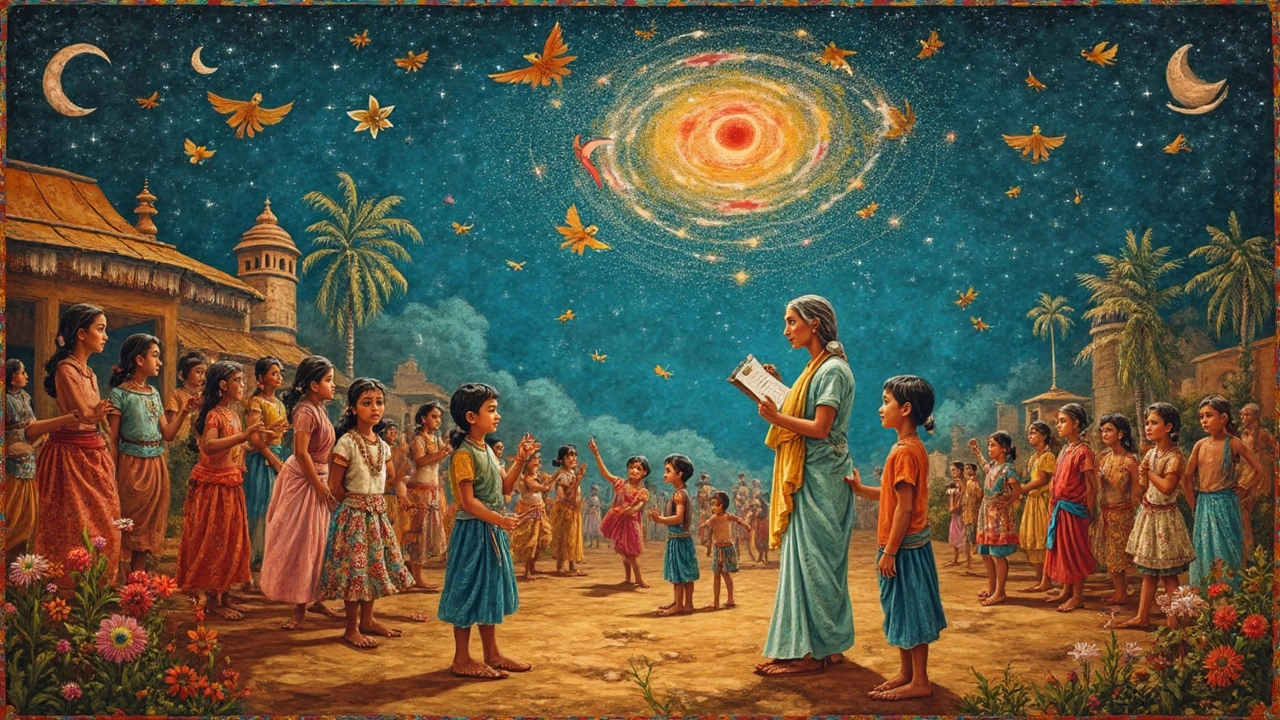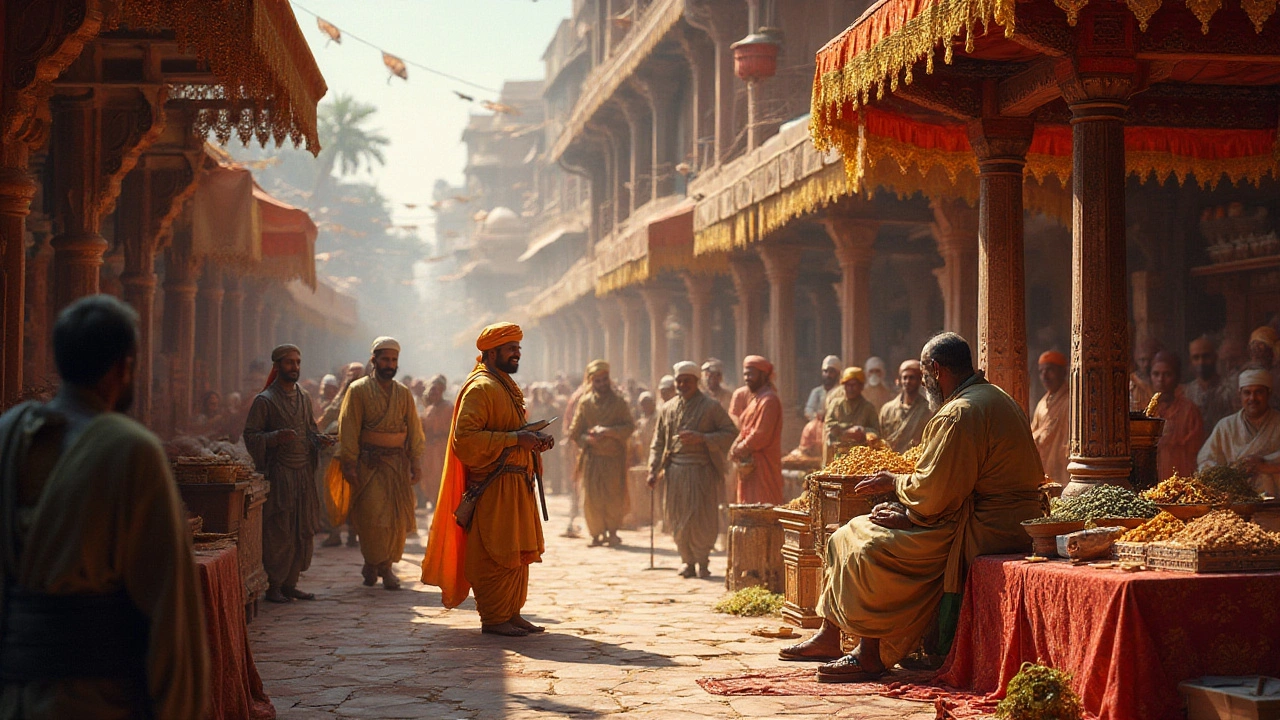Storytelling: Why We Need Stories and How They Shape Us
When you read a story, you're not just taking in words—you're stepping into someone else's mind, feeling their fear, their hope, their grief. Storytelling, the art of shaping events into meaningful narratives. Also known as narrative, it's how humans have passed down knowledge, built empathy, and survived for thousands of years. Whether it's a quiet romance about two people finding each other after loss, or a dark psychological thriller where nothing is as it seems, storytelling is the thread tying it all together.
Look at the posts here. Historical fiction, stories that blend real events with imagined lives doesn't just tell you what happened—it makes you feel it. Why do we keep reading books set in the past? Because they help us understand who we are now. Then there's romance novels, tales built on emotional truth, not just attraction. In 2025, they're moving away from clichés and toward real grief, queer love, and slow-burn connections. And psychological thriller, a genre where the real danger lives in the mind—it works because it taps into our deepest fears about control, identity, and trust. These aren't just genres. They're different ways storytelling helps us process what it means to be human.
People don’t read to escape reality—they read to understand it better. A YA novel about a teenager finding their voice? That’s storytelling. A book about the biggest adventure in life being the quiet choice to change? Also storytelling. Even a post about how phonics teaches kids to read? That’s storytelling too—because learning to read is learning how to enter someone else’s world. You’ll find posts here that dig into who’s really reading these stories, why they stick with us, and how they’re changing. No fluff. No theory without proof. Just real talk about the stories we can’t stop reading—and why they still matter more than ever.
What Is the Ultimate Purpose of a Narrative?
Narratives aren't just stories-they're the invisible frameworks that shape identity, culture, and action. From myths to movements, they give meaning to chaos and connect us across time.
Cultural Narrative Meaning: How Stories Shape Identity & Society
Unpack the true meaning of cultural narrative, discover how stories shape beliefs, see how groups tell who they are—and why it all matters in a changing world.
Is Adventure a Genre? Breaking Down the Fun Factor
Adventure stories are all about excitement, danger, and exploring new places, but is 'adventure' its own genre or just a vibe added to other stories? This article unpacks what makes something an adventure, how it's used in movies and books, and why readers keep coming back. We’ll look at classic examples, chat about how to spot adventure elements, and share tips if you’re hoping to write your own story. Get ready to rethink what you thought you knew about adventure stories.
Myth Fiction: Where Ancient Stories Spark Modern Tales
Myth fiction blends old myths with new stories, creating books that feel both familiar and fresh. Readers get a look at gods, monsters, and heroes outside of dusty old legends. This genre isn't just re-telling—it reshapes ancient myths for today’s world. Fans of fantasy and history find a lot to love in myth fiction. Get ready to discover why these stories never seem to go out of style.
What Really Makes a Story Literary Fiction?
Literary fiction is more than just stories on a page. It's an artful weaving of complex characters, profound themes, and beautifully crafted prose. In this article, we'll explore what sets literary fiction apart and what elements make a story resonate with readers searching for something deeper. From its nuanced characters to its exploration of the human condition, we'll break down what truly makes a narrative stand out in this genre.
Understanding the Heart of Literary Fiction Plots
Literary fiction has a unique way of drawing deeply into the human experience, focusing less on events and more on characters' inner worlds and their development. It challenges readers to connect with complex emotional and moral dilemmas, often weaving intricate plots around character-driven narratives. Unlike mass-market fiction, the emphasis is on language and psychological depth, leaving readers to ponder long after the final page. Delving into the essence of literary fiction plots reveals the commitment to exploring life's nuances and subtleties.
What Does Grimdark Mean in Fantasy Novels?
Exploring grimdark in fantasy novels unveils a world where bleak settings and morally ambiguous characters reign supreme. This subgenre is marked by its gritty realism, challenging the traditional hero narratives. Readers are drawn to its raw portrayal of human nature and complex worlds. Grasping the essence of grimdark can deepen your appreciation for this compelling storytelling style.
Understanding the Role of Cultural Narratives
Cultural narratives are key to shaping our beliefs, behaviors, and sense of identity. These stories, passed down through generations, help us make sense of the world and our place in it. They influence everything from the way we communicate to the values we hold dear. Recognizing their impact can enrich our understanding of different cultures and foster empathy. This article explores how cultural narratives play a crucial role in maintaining societal norms and teaching important life lessons.
Exploring Cultural Narratives: The Three Types That Shape Our World
Cultural narratives shape how we view our world and understand our place within it. These narratives come in three key types: personal, collective, and meta, each offering unique insights into human experience. Understanding them helps us see the world through different lenses and appreciate diverse perspectives. From personal anecdotes to shared histories and overarching myths, these narratives influence our beliefs and behaviors. Grasping each type can uncover rich stories behind cultures and societies.
Understanding MG Fiction: A Guide to Middle Grade Literature
MG fiction, or middle grade fiction, is a captivating literary genre aimed at readers between the ages of 8 to 12. It bridges the gap between children's books and young adult novels, offering engaging stories with relatable characters. This article explores the defining characteristics of MG fiction, its importance in nurturing young readers, and how it fosters creativity and empathy. Readers will also learn some insightful tips for selecting the best MG books and the genre's impact on young minds.
Historical Fiction vs. Fantasy: Understanding the Key Differences
Though often overlapping, historical fiction and historical fantasy offer readers distinct experiences. Historical fiction immerses the audience in a carefully researched setting and integrates fictional narratives with real historical events. Conversely, historical fantasy combines historical settings with fantastical elements, introducing magic or mythical beings. A deep understanding of both genres allows readers to appreciate the creative nuances and narrative techniques within each.



